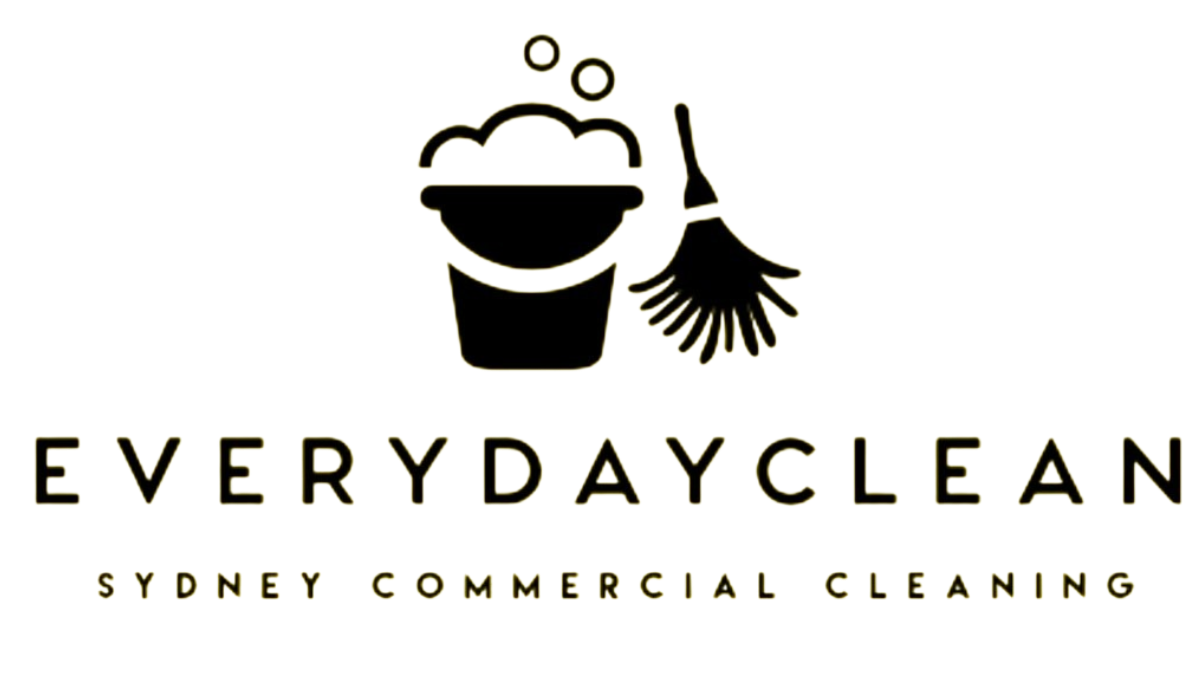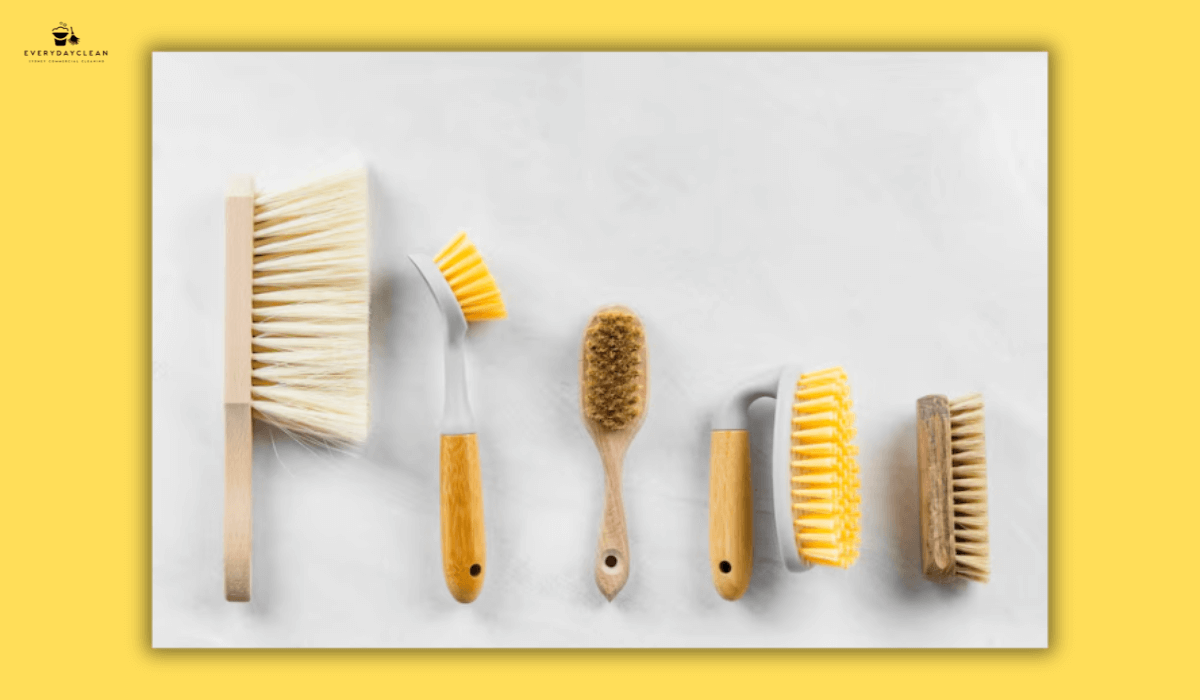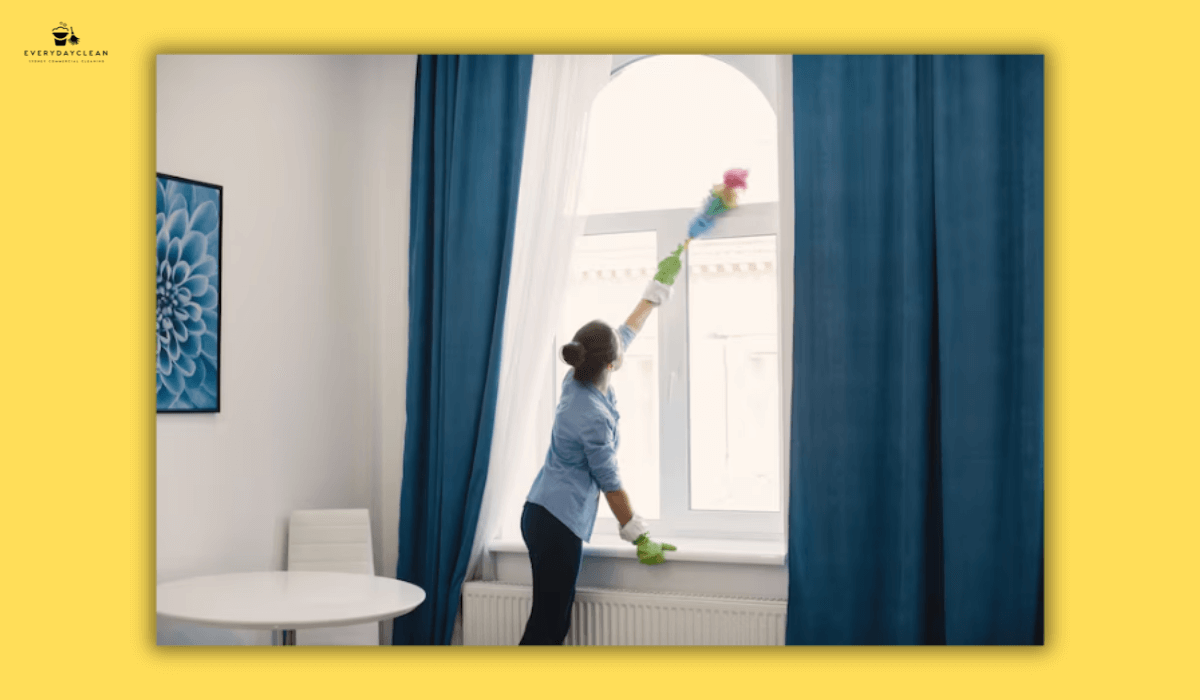15 Office Clutter Cleaning Tips That Actually Work
To reduce office clutter effectively, start by clearing all surfaces, sorting items, and cleaning work zones daily. This step-by-step guide explains how to reset surfaces, label supplies, and maintain tidy spaces—helping offices stay productive and hygienic. Whether managing a home setup or a commercial floor, these 15 structured actions simplify clutter control and long-term maintenance.
Office Clutter Cleaning Tips: Step-by-Step Checklist
This step-by-step checklist outlines the cleaning and organisation actions that transform a messy workspace into a functional, easy-to-maintain area. Each tip integrates cleaning logic and professional maintenance practices used by commercial cleaners.
1. Clear All Surfaces
Begin by removing everything from desks, shelves, and counters. Empty spaces reveal dust, stains, and forgotten clutter that can easily build up. Wipe surfaces using a pH-neutral cleaner and a microfiber cloth, ensuring every inch is sanitised. Once clean, return only essential daily items—computers, notebooks, or stationery. Avoid decorative clutter; it gathers dust and distracts focus. This reset gives the office a professional, open feel.
2. Categorise All Items Before Putting Them Back
After clearing, sort every object into three groups: daily use, occasional use, and non-essentials. Only the first two belong within reach. The rest should be stored away or discarded. Cleaning teams often use this same classification system to streamline spaces during office resets. This method prevents the slow accumulation of “someday” items that crowd drawers and surfaces, ensuring every retained item has a clear purpose and place.
3. Clean and Reorganise Drawers
Empty all drawers completely, then vacuum and disinfect the interiors. Add modular organisers or small trays to separate tools—pens, cables, adapters, and stationery—by function. Reorganisation reduces time wasted searching for supplies and helps cleaners maintain tidier drawers during regular visits. Once reset, ensure drawers close smoothly and aren’t overloaded; overfilled storage traps dust and limits cleaning access.
4. Label Everything Clearly
Introduce a consistent labelling system across drawers, folders, and supply bins. Clear labels make cleaning and retrieval faster for everyone, especially in shared workspaces. Professional cleaning teams rely on labels to identify storage categories without confusion, reducing misplaced or duplicated items. It also supports visual order—a subtle but powerful way to make spaces feel cleaner.

5. Sanitise Shared Tools and Equipment
Items like staplers, label makers, and printers accumulate invisible grime quickly. Wipe them with disinfectant after each workday or cleaning shift. Relocate shared tools to centralised, accessible stations to reduce duplication at desks. This small change not only saves space but also ensures daily cleaning crews can sanitise equipment effectively without disrupting work setups.
Once foundational spaces are reset, focus shifts to spatial efficiency and shared-space hygiene, where decluttering supports cleaning performance and visual balance.
6. Use Vertical Storage to Save Desk Space
Install floating shelves, file holders, or pegboards to take advantage of vertical space. This helps keep desks clear for daily cleaning and reduces dust buildup on horizontal surfaces. Vertical organisation is particularly useful for offices with limited square footage. It also makes sanitising easier—cleaners can wipe around and under mounted structures instead of navigating cluttered desktops.
7. Create a Paper Sorting Station
Piles of paper contribute more to visual clutter than almost anything else. Designate trays or folders for “To Process,” “To File,” and “To Recycle.” Keep disinfectant wipes nearby and clean the station weekly to remove paper dust. Digitise important documents whenever possible to reduce volume. Offices that implement this habit typically report fewer misplaced documents and cleaner surfaces overall.
8. Apply the One-Touch Rule
The one-touch rule means every item picked up must be addressed immediately—filed, cleaned, or discarded. This practice stops clutter from circulating. Cleaning professionals apply a similar mindset when tidying between zones: once an area is touched, it’s completed fully before moving on. It’s a simple yet powerful behavioural shift that prevents small messes from multiplying.
9. Consolidate Office Supplies
Conduct a weekly supply audit. Gather scattered pens, sticky notes, and cables into a single area. Test markers, discard any broken or dried-out items, and sanitise containers before restocking. This not only improves order but also reduces bacteria transfer from frequently touched items. A minimalist approach to supplies supports quicker cleaning and clearer desk layouts.
With surfaces, supplies, and storage reset, attention should turn to deep cleaning and long-term clutter prevention. These next steps combine cleanliness with sustainability.
10. Digitise and Shred Paperwork
Digital filing systems replace piles of paper and free up physical space. Scan all essential documents and save them in shared cloud folders using consistent naming conventions. Shred old or duplicate copies once uploaded. This prevents dust accumulation around file cabinets and creates cleaner visual lines across the office. Always empty shredders promptly to avoid odour or paper debris.

11. Disinfect High-Touch Areas
High-touch surfaces collect bacteria and contribute to visible grime. Cleaners should focus on door handles, drawer pulls, keyboards, and light switches. Use approved disinfectants suitable for office materials. Regular disinfection not only improves hygiene but also gives surfaces a polished, smudge-free finish that signals cleanliness to both employees and visitors.
12. Clean Behind and Beneath Furniture
Dust, paper scraps, and cables accumulate behind desks and cabinets. Move furniture where safe and practical, vacuum the area, and mop to remove dust film. Many offices schedule this deep cleaning monthly or before holidays. A clean perimeter makes the entire workspace appear more open and professionally maintained.
13. Establish a Daily Reset Routine
A five-minute desk reset before leaving each day keeps clutter from returning. Staff should clear mugs, file paperwork, and sanitise their space. Cleaning crews benefit from this discipline—it allows faster, more effective disinfection overnight. Over time, these resets become automatic, saving effort and promoting shared responsibility for office hygiene.
14. Streamline Wall Items
Visual clutter extends to walls. Remove outdated posters, sticky notes, and expired schedules. Retain only essential signage or current communication. Clean the walls monthly with a damp cloth to prevent dust buildup on frames and corners. Simplifying wall visuals helps reflect an organised, professional brand image.
15. Audit and Maintain Cleaning Supplies
Inspect your cleaning station weekly. Discard empty spray bottles, wipe mops and tools, and restock essential products. When cleaning materials are organised, employees can quickly address small messes themselves, and professional cleaners can perform deeper maintenance efficiently. Keeping the cleaning zone tidy reinforces the same organisational logic applied across desks and workspaces.
How to Declutter an Office: 5 Structured Steps
Decluttering an office follows a defined process that cleaning professionals use to restore order efficiently. These steps merge the cleaning strategy with the workplace logic.
Step 1: Identify and Zone the Office
Divide the space into logical zones—personal desks, shared work areas, kitchens, and storage rooms. This zoning approach prevents duplication of effort and ensures thorough cleaning coverage.
Step 2: Declutter One Zone at a Time
Work systematically. Clear, clean, and reorganise each section before moving on. This approach keeps progress visible and builds momentum.
Step 3: Integrate Storage and Clear Labels
Add drawer organisers, wall shelves, or supply carts. Label everything clearly. This supports both employees and cleaning staff, who can maintain the order more easily during daily routines.
Step 4: Clean Every Surface Thoroughly
Dust, disinfect, vacuum, and polish each zone. Include vents, baseboards, and under-desk spaces. A clean foundation reduces the perception of clutter.
Step 5: Maintain With Checklists and Cleaning Logs
Record weekly cleaning tasks and assign accountability. Partnering with a professional cleaner like
Everyday Clean can help offices uphold these systems consistently.



